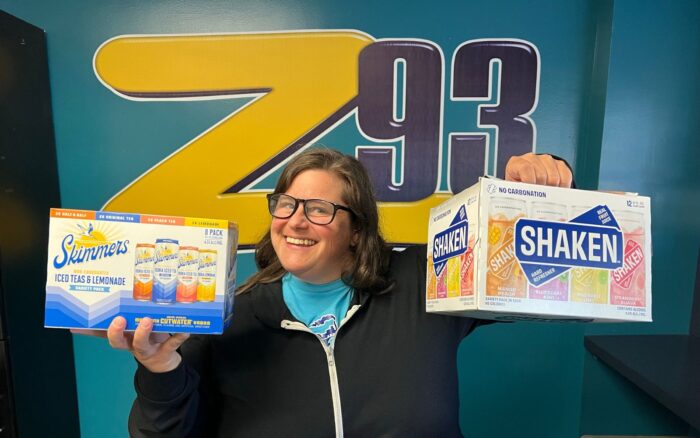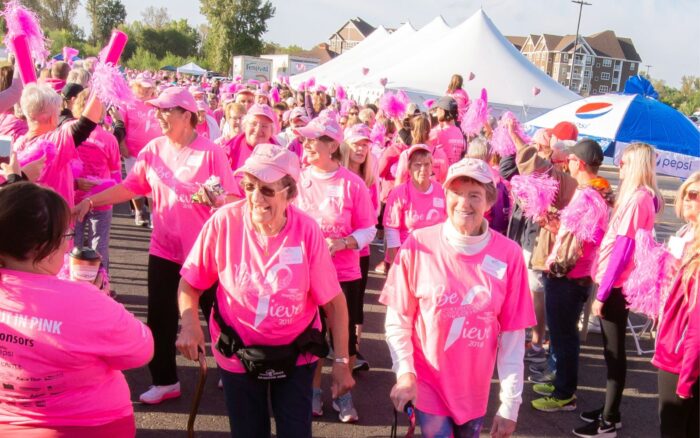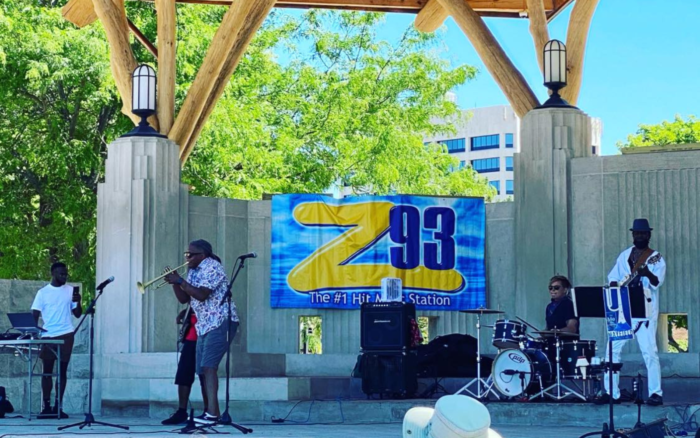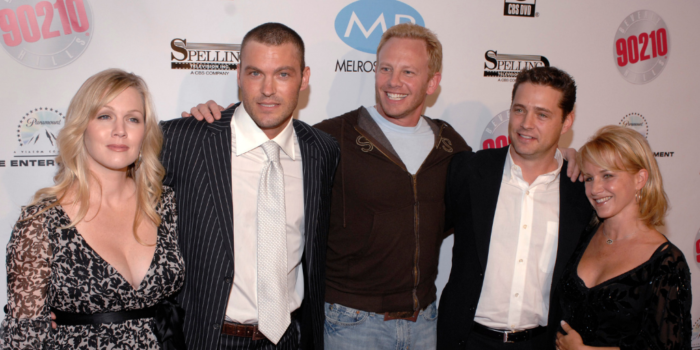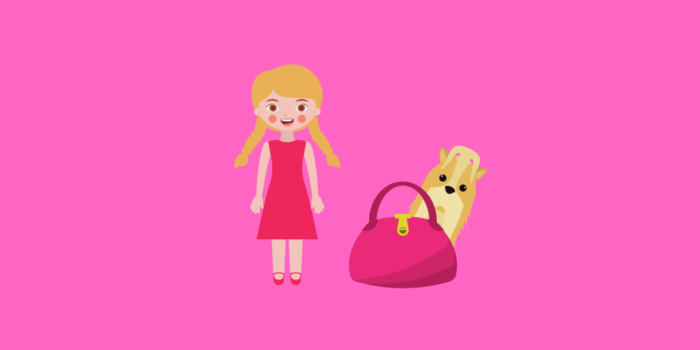MISTY’S DANCE UNLIMITED #FITFUNFAB
Written by Ballzer on August 2, 2019
Misty’s Dance Unlimited on-line enrollment is open and the regular dance season begins September 3rd. As you’re asking around, interviewing and observing dance studios here are a few things to consider:
- A studio that teaches children how to dance rather than teaching them a dance. Children need to learn how before they can do. Your child shouldn’t spend more than half of their total annual class time learning their recital dance.
- A facility that is clean with adequate access to water and restrooms and—very important—proper flooring. Dancing on concrete offers little protection for your dancer’s body against the wear and tear on jumping joints and bouncing bones. Additionally, if you observe an unusual number of injured dancers at a studio, it may indicate a studio’s lack of attention to technique, not just bad flooring.
- Instructors who offer individual corrections for dancers and break down the elements of a movement so dancers fully understand the technique or combination. Instructors who have professional dancing experience are a plus.
- The 4 C’s of Age-Appropriateness
- Class length and size—Smaller dancers should mean shorter classes. Smaller dancers should also mean smaller class sizes than older dancers.
- Communication—Instructors who speak in a friendly way and in terms your child can understand.
- Choreography—Children will have their entire adult lives to act like adults. A studio that preserves and protects childhood will teach your child more valuable life skills than one that seeks to sexualize them in any way.
- Costumes—Ditto. Let’s let kids be kids for as long as possible.
- On the subject of costumes, a studio dress code can be an indicator of excellence at a studio. Dress codes ensure appropriate coverage while also allowing instructors to see the lines of the body to ensure proper technique.
- A positive tone that encourages friendly interaction, encouragement, friendship and fun. Children need positive role models and environments that will feed their young spirits; a good dance studio will offer exactly that.
- A variety of class types that will allow your child to explore many different dance styles: from ballet, tap and jazz to modern, contemporary and hip hop. It’s a bonus to find studios that also offer master classes with guest artists. That gives your child the opportunity to learn new choreography and learn it from someone with a different teaching and dance style.
- A studio that pays attention to level placements and provides progress reports is a studio that is paying attention to your individual child. It’s also a studio that allows children to progress at their own pace, which in the long run saves them from unnecessary injuries.
- Remember that note above about learning more than just great dancing? Community involvement through their dance studio will heighten dancers’ empathy and awareness of the needs of others. And that instills respect and compassion that can last a lifetime.
- Finally, a studio that offers performance opportunities to your child. When your child participates in tennis or track, you expect that you’ll get to see the results of all the hours of practice at a match or meet. Why wouldn’t you want the same for your dancing child? After all, dance is a performance art.


